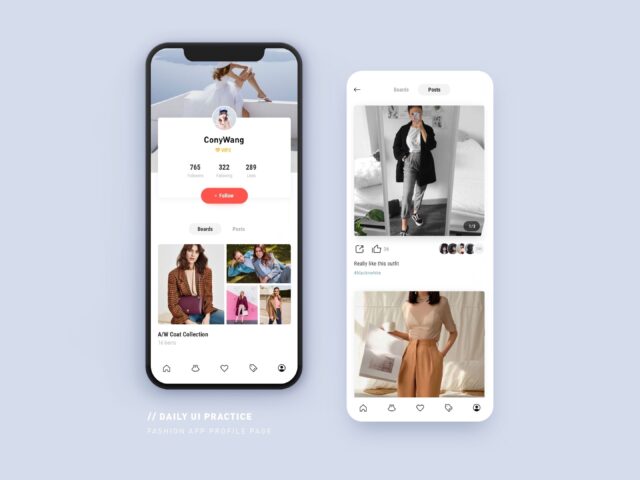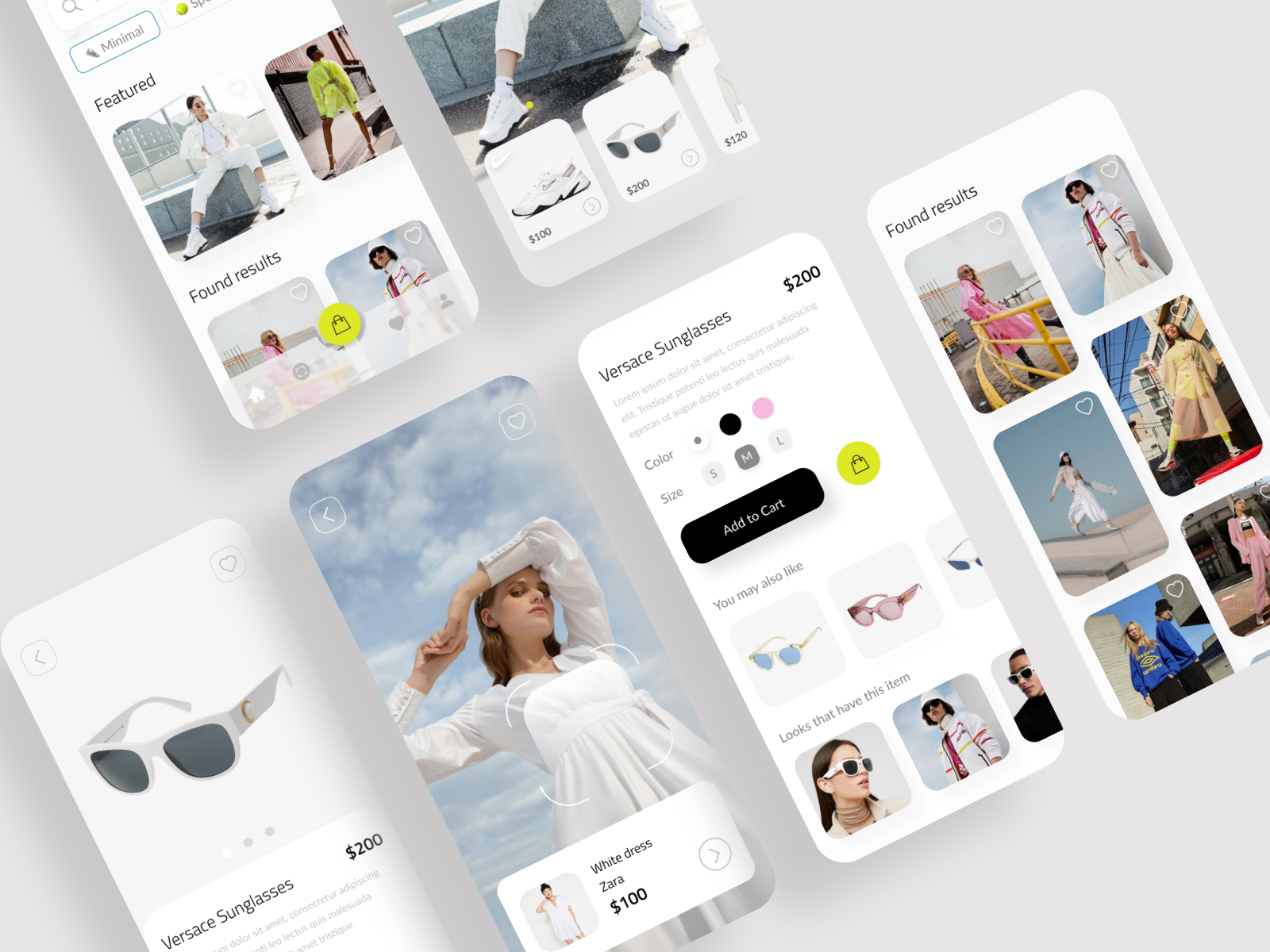Agra is known for its rich cultural heritage, and this extends to its fashion scene, where local boutiques offer unique clothing and accessories. Building a mobile app for fashion boutiques in Agra can help them enhance customer engagement, streamline operations, and promote their unique offerings. Here’s a step-by-step guide to creating an effective mobile app for Agra’s fashion boutiques.

Table of Contents
Toggle1. Identify the Target Audience
Understanding your target audience is crucial for designing a successful app. Consider the following factors:
- Demographics: Identify the age, gender, and lifestyle of potential customers. Are they young professionals, college students, or families?
- Fashion Preferences: Understand what styles and trends are popular among your audience. This will help in curating content and features for the app.
- Shopping Habits: Analyze how your target customers prefer to shop. Do they enjoy browsing online, or do they prefer in-store experiences?
2. Define Key Features and Functionality
Based on your target audience analysis, outline the essential features your app will offer:
- Product Catalog: Showcase the boutique’s inventory with high-quality images, detailed descriptions, and prices. Organize products by categories (e.g., clothing, accessories, sales).
- Shopping Cart and Checkout: Allow customers to add items to a cart and proceed with a secure checkout process. Include multiple payment options for convenience.
- Push Notifications: Send alerts about new arrivals, special promotions, and sales events to keep customers engaged and informed.
- User Accounts: Enable users to create accounts to save their preferences, order history, and wish lists for a personalized shopping experience.
- Social Media Integration: Allow users to share their favorite products on social media platforms to increase visibility and attract new customers.
- Reviews and Ratings: Implement a feature for customers to leave reviews and ratings on products, helping others make informed decisions.
3. Choose the Right Development Approach
Decide whether to develop a native app (iOS or Android) or a cross-platform app. Cross-platform development frameworks like React Native or Flutter allow you to create apps for both platforms with a single codebase, saving time and resources.
4. Design a User-Friendly Interface (UI)
A visually appealing and intuitive UI is essential for a fashion app. Consider the following design principles:
- Attractive Visuals: Use high-quality images and a modern design that reflects the boutique’s brand identity.
- Simple Navigation: Ensure users can easily browse categories, view products, and access their accounts.
- Responsive Design: Make sure the app functions well on various devices and screen sizes, ensuring accessibility for all users.
5. Develop High-Quality Content
The content of your app should resonate with your audience and reflect the boutique’s brand. Collaborate with fashion experts or stylists to create engaging content, such as:
- Style Guides: Provide tips on how to style different outfits or accessories.
- Lookbooks: Create seasonal lookbooks featuring curated outfits to inspire customers.
- Fashion Trends: Share articles or videos about the latest fashion trends to keep customers informed and engaged.
6. Incorporate Location-Based Services
For boutiques in Agra, location-based features can enhance customer experience. Consider integrating:
- Store Locator: Help customers find the nearest boutique location with integrated maps and directions.
- Geofencing Promotions: Send push notifications to customers when they are near the boutique, promoting exclusive in-store deals.
7. Implement Analytics Tools
Integrate analytics tools to track user behavior, sales performance, and app usage. This data will help you understand customer preferences and optimize the app for better engagement. Metrics to monitor include:
- User Engagement: Track how often users interact with the app and which features are most popular.
- Sales Data: Analyze which products are selling well and identify trends to inform inventory management.
- Customer Feedback: Monitor reviews and ratings to gain insights into customer satisfaction and areas for improvement.
8. Test the App Thoroughly
Before launching, conduct extensive testing to ensure all features function correctly and provide a seamless user experience. Consider the following testing methods:
- User Testing: Gather feedback from a small group of users to identify any issues or areas for improvement.
- Functionality Testing: Ensure all features work as intended, including payment processing, product browsing, and user account management.
- Performance Testing: Check the app’s performance under different conditions, including varying internet speeds and device types.
9. Launch and Market the App
Once testing is complete, prepare for launch. Consider the following marketing strategies:
- Social Media Promotion: Use social media platforms to announce the app launch and encourage downloads.
- In-Store Promotion: Promote the app in-store through posters, flyers, and staff recommendations.
- Special Launch Offers: Consider offering exclusive discounts or promotions for customers who download the app during the launch period.
10. Gather Feedback and Continuously Improve
After the launch, actively seek user feedback to identify areas for improvement. Regular updates and new features based on user input will keep the app relevant and engaging. Implement a feedback mechanism within the app to encourage ongoing communication.
Conclusion
Building a mobile app for Agra’s fashion boutiques can significantly enhance customer engagement and streamline operations. By understanding the target audience, offering personalized features, and leveraging modern technology, boutiques can create a valuable shopping experience that resonates with customers. As fashion continues to evolve, a well-designed mobile app can help boutiques in Agra stay competitive and thrive in the dynamic retail landscape.


No responses yet